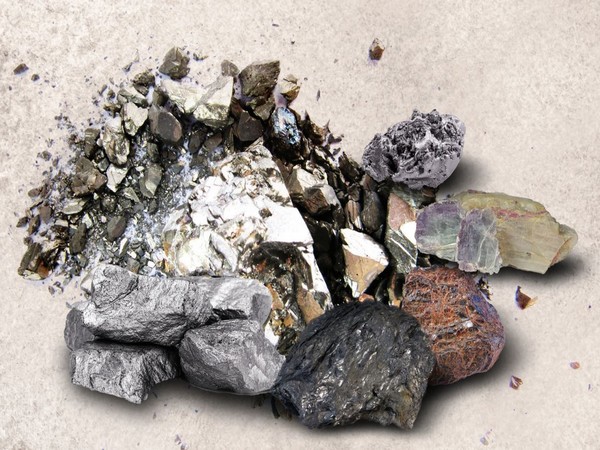
The world is racing towards clean energy and digitisation, making critical minerals such as lithium, cobalt, rare earths, graphite, and vanadium indispensable to 21st-century economies. These minerals form the backbone of modern technologies—from electric vehicles to semiconductors, from solar panels to defence equipment—yet the supply chain remains fragile and geopolitically vulnerable, risks India cannot afford to ignore. Therein lies the transformative opportunity: India’s Northeast.
Northeast India—comprising Assam, Arunachal Pradesh, Meghalaya, Mizoram, Nagaland, Tripura, and Sikkim—was long treated as a remote periphery, but the narrative has changed since Narendra Modi became the Prime Minister. Today, the Northeast has been prioritised like never before—politically, economically, and strategically. Infrastructure projects are now transforming the terrain and connecting the region to other parts of India.
In a major development this month, the government announced that the Northeast is home to several critical minerals, including lithium, cobalt, chromium, rare earths, graphite, and vanadium. The National Mineral Exploration Trust’s ongoing survey has identified 38 blocks in the region, and seven have been cleared for auction.
For a region that has long been at the margins of economic planning, these discoveries mark an opportunity for the Northeast to become a key player in India’s clean energy and mineral self-sufficiency. The focus must now move from discovery to delivery—building infrastructure, refining capacity, and establishing a policy framework that transforms the Northeast’s mineral wealth into a foundation for supply chain resilience and long-term economic growth. This will require a coordinated effort at multiple levels.
First, connectivity must be accelerated. Although the road, railway, and air infrastructure has improved in the Northeast over the past decade, much more is needed. Projects like the East-West Corridor, expansion of the Trans-Arunachal Highway, and enhanced rail connectivity to the region should be a priority for the government. Improved connectivity is essential to reduce logistics costs and to integrate the region more seamlessly into the national supply chain. It will also give impetus to the Act East Policy, as the Northeast’s location as a strategic gateway to Southeast Asia will facilitate smoother partnerships with allied countries in the region. This would help create a secure, resilient critical minerals supply chain and contribute to India’s role in shaping a rules-based Indo-Pacific order.
Second, investment in local value addition is a must. While the discovery of these critical mineral reserves is important, there must also be investments in technologies required for processing and refining them. Investment in R&D should be a core focus, as it will help India acquire the necessary technical expertise and reduce its reliance on China in the domain of critical minerals. Currently, China dominates the global critical minerals supply chain and has not hesitated to weaponise this dominance—whether in trade wars with the United States or in restricting exports to countries that threaten its interests. India, too, has been a victim of China’s monopolistic behaviour, particularly in segments like solar manufacturing and electric vehicles. Therefore, the Northeast cannot remain on the sidelines. These discoveries place the region at the heart of India’s ambition to become a manufacturing and technological hub and offer an opportunity for India to become a trusted global supply chain partner—especially to countries seeking to reduce their dependence on China.